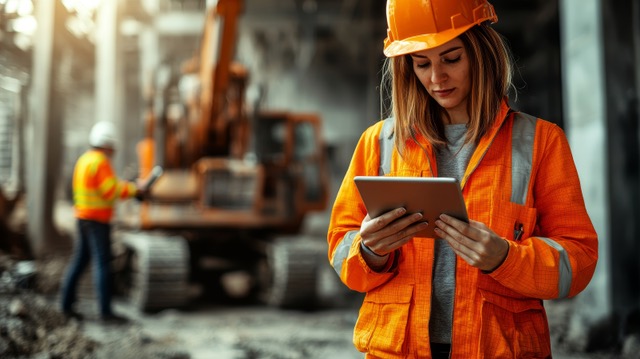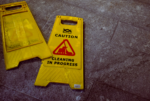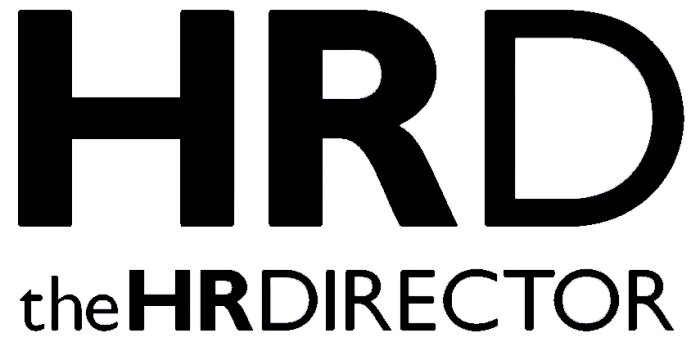For HR leaders in industrial sectors—logistics, manufacturing, warehousing and beyond—workplace safety has long been a priority. But today, it’s more than a matter of compliance. It’s a critical component of employee wellbeing, operational continuity and organisational reputation.
Despite decades of improvements in training, process design and safety culture, the reality is clear: risks remain. In 2022/23, 135 UK workers lost their lives due to workplace incidents, according to the Health and Safety Executive (HSE). The transportation and storage sector continues to be among the highest risk categories. For HR and compliance professionals, this isn’t just a statistic, it’s a call to action.
Closing the Gaps Traditional Safety Measures Can’t
Many organisations have mature health and safety frameworks in place. Regular training, documented procedures, and visual signage are essential. But they also have one thing in common: they rely on people to consistently follow them.
Even with the best intentions, that’s not always realistic. Fatigue, distraction, unfamiliarity with site-specific rules—all can contribute to lapses that have serious consequences.
Think about the external contractor arriving on-site for the first time, or a delivery driver nearing the end of a long shift. They may not spot a warning sign or realise they’ve stepped into a hazardous zone. Even seasoned employees can lose focus momentarily. Traditional safety tools simply aren’t designed to respond to these real-time human variables.
Always-On Oversight—Without Always Watching People
What if your site had an extra layer of safety monitoring, one that didn’t rely on anyone remembering protocol or noticing risk? This is where AI-powered computer vision is changing the game.
This technology uses artificial intelligence to analyse visual information from cameras across your site in real time. Unlike standard CCTV, these systems don’t just record footage—they interpret it. They recognise unsafe behaviours, monitor access to high-risk areas, and can alert safety personnel within milliseconds when site rules are not followed.
It works for everyone on site—employees, contractors, and visitors alike. For HR and compliance leaders, this means a safer environment for all, without adding complexity to onboarding or compliance processes.
Not a Replacement for People—A Reinforcement of Safety Culture
This technology is part of a growing digital safety toolkit. But they often focus on internal teams and depend on active user participation. AI computer vision complements these tools by offering continuous, independent oversight.
It integrates easily with existing safety infrastructure, cloud platforms, access control systems, and mobile alerting tools—creating a connected safety ecosystem. For HR, this represents an opportunity to shift from reactive reporting to proactive prevention.
Why It Matters for Your People—and Your Reputation
Workplace safety is one of the strongest signals of organisational values. Sites that feel safe aren’t just more compliant—they’re more productive, more trusted, and more attractive to partners, employees, and candidates.
Imagine the impression you leave on a new recruit or contractor who sees that your site doesn’t just talk about safety, it demonstrates it in real time. It’s a message that resonates in today’s world of social accountability and rising employee expectations.
For HR and compliance leaders responsible for embedding culture and care across the workforce, this technology offers something rare: tangible, visible assurance that people come first.
Scalable, Sustainable, and Ready for the Future
AI computer vision systems are modular and scalable, suitable for a single facility or a nationwide footprint. They can be tailored to the specific layout and operations of each site and evolve as your needs change. As AI capabilities continue to grow, their application in workplace safety, especially in high-risk industrial environments, is among the most immediate and impactful.
Reframing Safety as a Strategic Advantage
For HR Directors and Compliance heads, this isn’t just about new technology. It’s about reinforcing the foundations of a resilient, people-first organisation. AI computer vision helps move safety from a compliance burden to a cultural strength, from paperwork to prevention.
As we look ahead to the back half of 2025 and beyond, industrial employers who invest in intelligent safety systems won’t just reduce risk. They’ll also send a clear message: this is a business that protects, values and empowers its people. And that’s a message worth sending.







